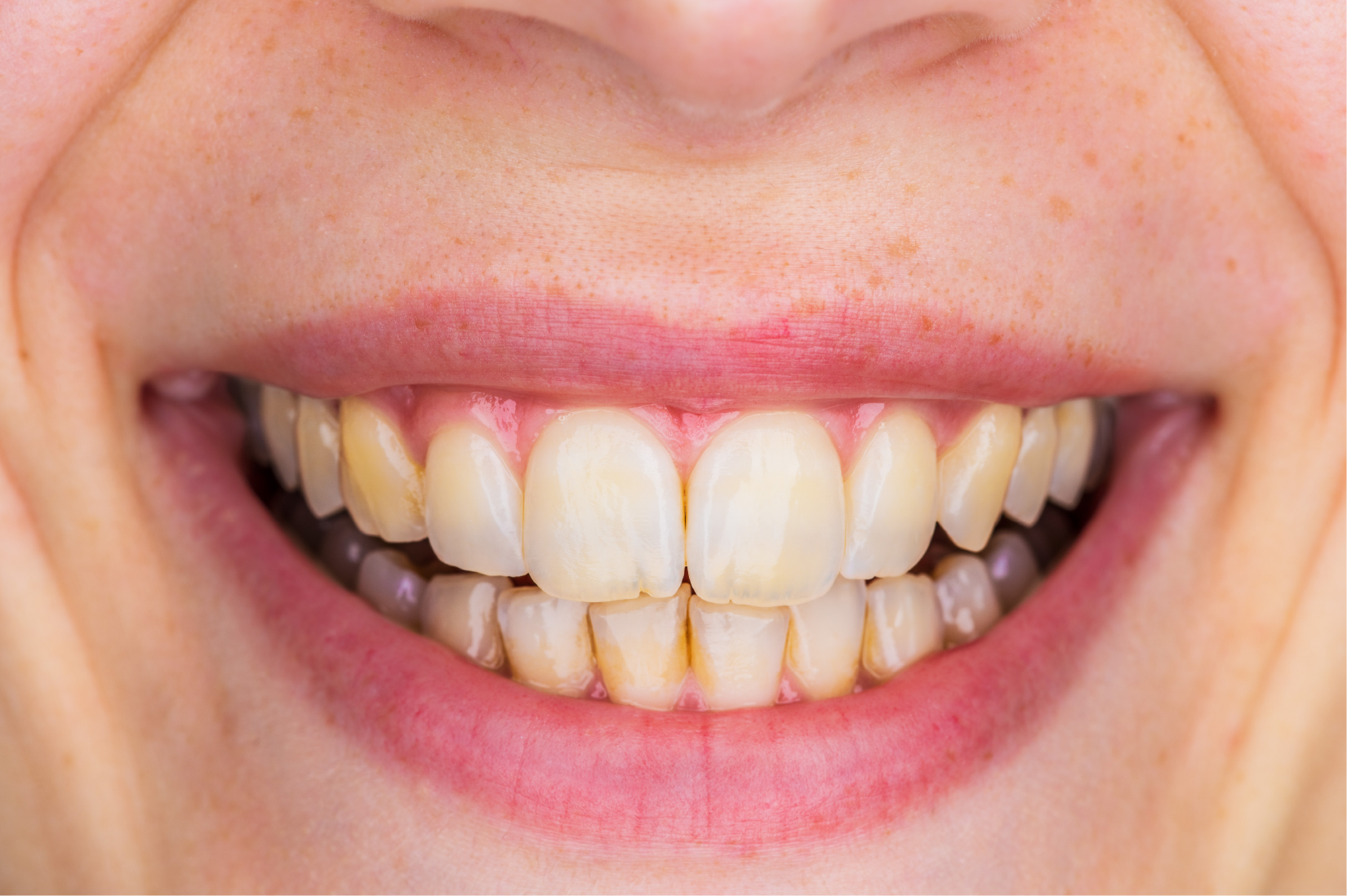As we know, the mouth is a breeding site for bacteria.
If you suffer from a bacterial infection, this can lead to an abscess, where pus forms inside the teeth, gums or the bones that hold the teeth in place.
What is an abscess and how do you treat it?
If you are waiting for an appointment to have your abscess treated, there are some things you can do yourself.
Make a rinse with warm salt water and use this three times daily to reduce toothache and cleanse the infected area.
It may also be helpful to use over-the-counter pain relief medication, avoid hot and cold foods and use a soft, gentle toothbrush.
Symptoms of a dental abscess
The severity of an abscess ranges – sometimes it is just a tiny lump inside your mouth, and sometimes it can be a large sore visible on the outside of your mouth.
Some symptoms of an abscess include:
- Swelling or lump under skin
- Pain and tenderness in the affected area
- Heat from the area
- Visible build-up of puss
what causes dental abscesses?
Our mouths are filled with an infinite number of microorganisms and bacteria, most of which is harmless to us.
Over 700 different strains of bacteria can be found in the human mouth, but most people are only host to 34-72 different varieties.
However, bacteria form a sticky film on the surface of your teeth known as plaque.
Bacteria produce acid, which can lead to tooth decay and gum disease if you do not regularly clean your teeth.
You are more likely to get an abscess if:
- You have bad oral hygiene
- You eat a lot of sugary or starchy foods
- You have endured a previous injury or surgery to your teeth
- You have a weakened immune system and struggle to fight off illness generally
Pay Monthly With 0%
Pay monthly with 0% interest for amazing, discreet dental solutions that realign your smile. Our recommended cosmetic treatments have left thousands of patients feeling better and more confident about their appearance and how their smile functions.
How do you treat abscesses?
Treating an abscess means treating an infection.
To do this, your dentist may do one (or a couple) of the following:
- Drain the abscess: If necessary, an incision will be made in the abscess, and the puss will be drained out. They will then clean the area with a warm salt water solution.
- Root canal: This may be necessary to save your tooth – where the diseased tissue can be removed, and the tooth may be covered with a crown to increase its strength.
- Remove the affected tooth: If your tooth has gone past the point of saving, it may need to be removed, and again, the abscess will have to be drained to get rid of the puss and avoid further infection.
- Prescribe antibiotics: Antibiotics are used to target infection and avoid it spreading further and becoming more severe.
If you have been affected by an abscess and still don’t know what to do about it, then contact our Hertfordshire-based practice on 01992 827023.


Before & After Gallery
See what our patients look like before and after veneers so you can gain a better idea of how they’re going to look and work for you.
Free Consulations
Our Experience
Over 7,500 dental implants and over 2,200 bone grafts
Major UK Credentials

